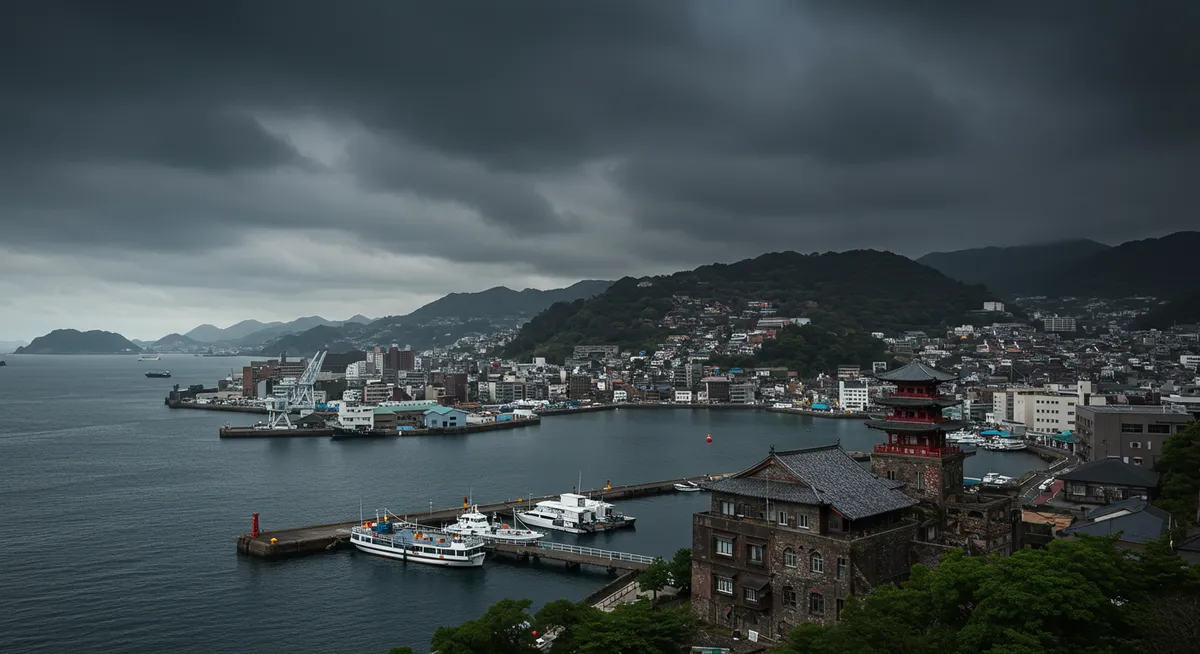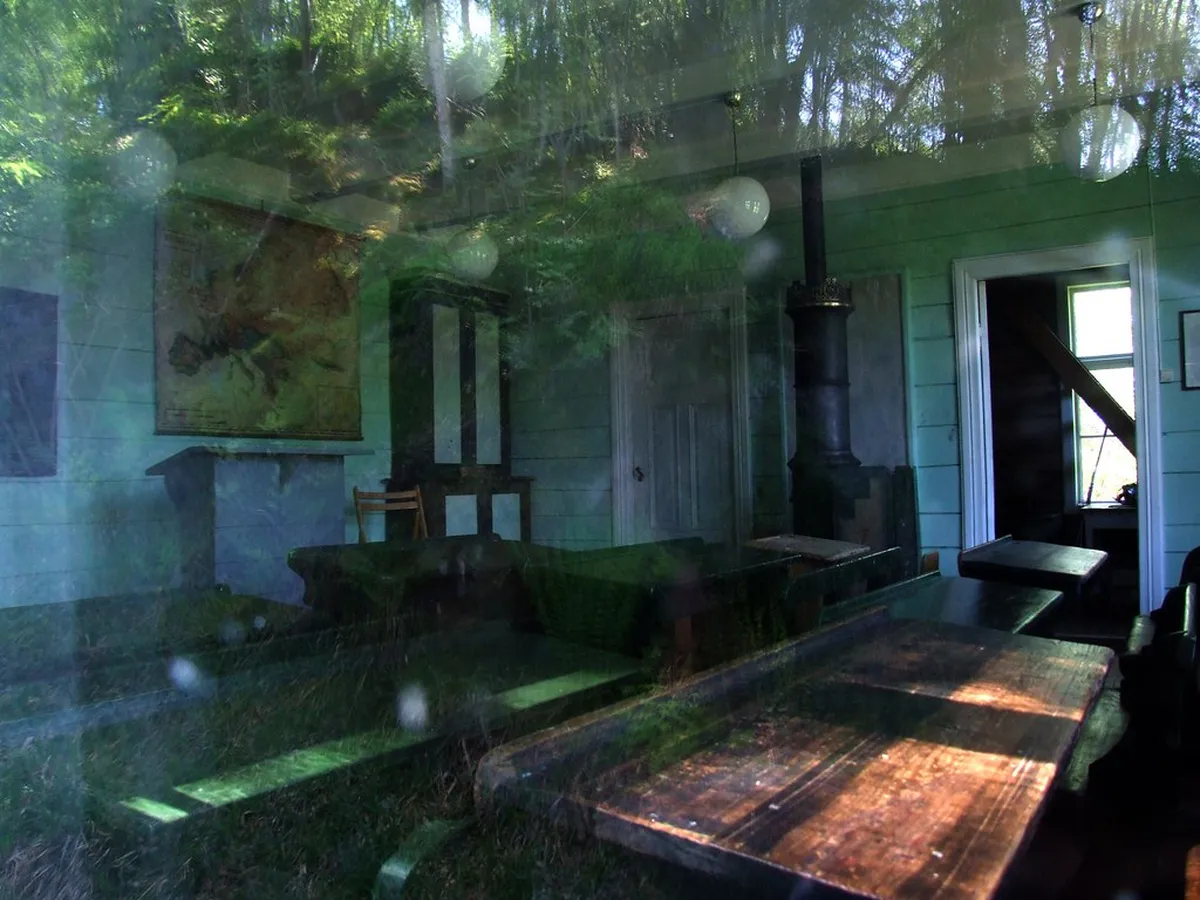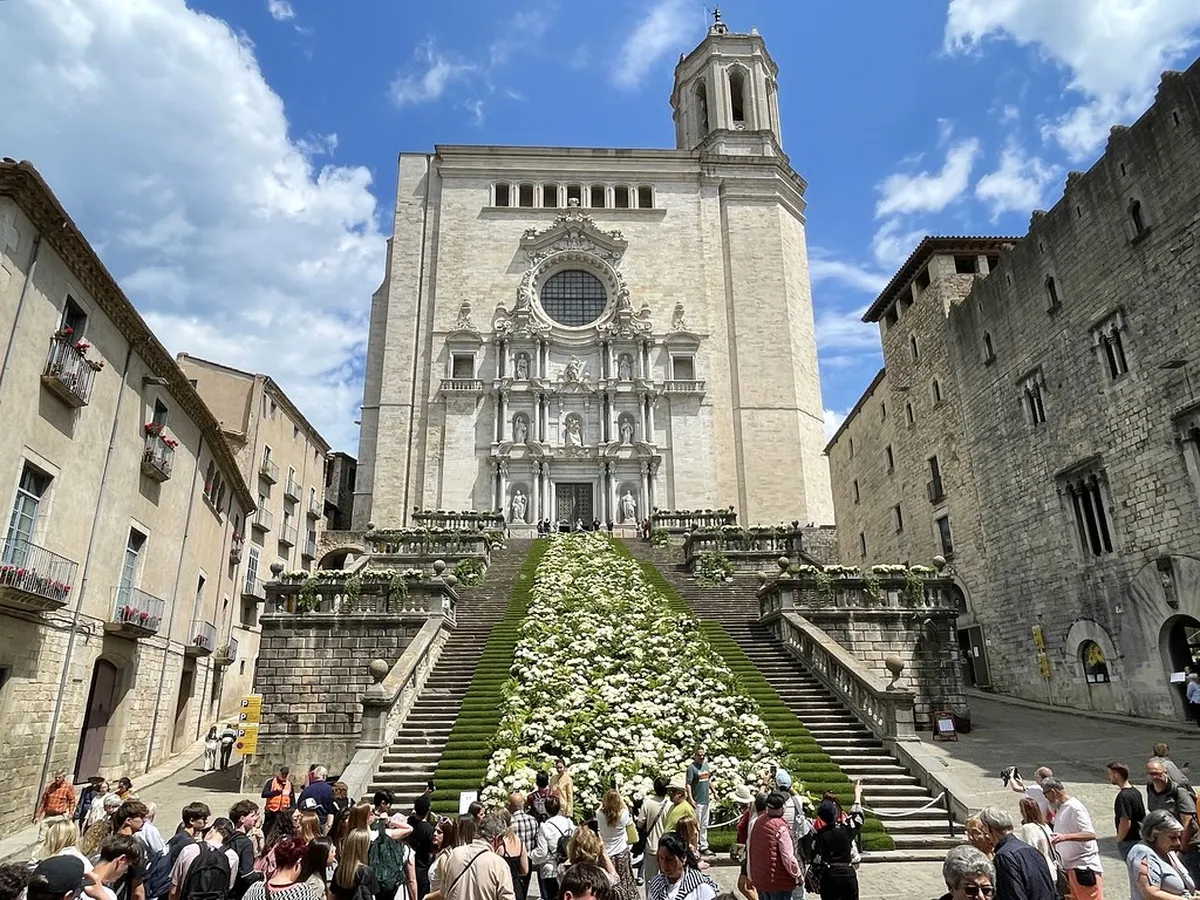Uncovering Nagasaki's Rich Historical Tapestry
Having explored Nagasaki extensively, I can attest that its history is deeply etched into its landscapes and structures. This city offers a profound journey through pivotal moments, from early international trade to its tragic wartime past. Understanding Nagasaki's historical sites isn't just about visiting landmarks; it's about connecting with a resilient spirit and learning from global events. Enhance your Nagasaki experience with our Nagasaki itinerary. Structure your adventure with our detailed Nagasaki itinerary.
The Poignant Atomic Bomb Legacy
Plan this trip faster with our free online itinerary maker. Get a personalized day-by-day plan in minutes.
Nagasaki's atomic bomb legacy is a solemn yet essential part of its historical narrative. Visitors to the city often begin their exploration here, understanding the profound impact of August 9, 1945. Key Nagasaki historical sites include the Peace Park, home to the iconic Peace Statue, and the Hypocenter Park, marking the exact ground zero. I always recommend spending ample time at the Atomic Bomb Museum; it provides a comprehensive and moving account of the event, its aftermath, and the city's remarkable recovery. This area profoundly symbolizes global peace and reconciliation, serving as a powerful reminder of humanity's past mistakes. Learn how to incorporate these significant sites into your Nagasaki itinerary. Enhance your Nagasaki experience with our Nagasaki itinerary.
Tracing Early Foreign Relations
Nagasaki's unique role as Japan's only open port during the Edo period created a rich tapestry of foreign influence. Exploring these Nagasaki historical sites offers a fascinating glimpse into a time of limited contact with the outside world. Dejima Island, once a Dutch trading post, is a remarkable reconstruction that transports you back to the 17th century. Nearby, Oura Church stands as Japan's oldest existing Christian church, a beautiful testament to the city's Christian heritage. My personal tip is to visit Glover Garden, an open-air museum featuring stunning Western-style residences built by foreign merchants, offering panoramic city views. These locations are vital for understanding Nagasaki's unique blend of cultures. Plan your visit to these sites within a 3-day Nagasaki itinerary.
Cultural and Religious Heritage
Beyond its well-known foreign connections, Nagasaki boasts a vibrant array of traditional Japanese and Chinese cultural and religious sites. The Confucius Shrine, with its colorful Chinese-style architecture and collection of stone statues, is a striking example of the city's deep ties with China. Sofukuji Temple, a Zen Buddhist temple founded by a Chinese monk, is another impressive structure, recognized for its distinct Ming Dynasty architecture and beautiful details. Suwa Shrine, Nagasaki's most important Shinto shrine, hosts the Kunchi Festival, a vibrant annual event. These Nagasaki historical sites are not just ancient structures; they are living testaments to centuries of cultural exchange and spiritual devotion. After exploring, discover some of the best restaurants in Nagasaki.
Hidden Gems and Historic Streets
💡 Pro Tip: Book your Nagasaki adventures in advance through Viator for the best deals!
While some Nagasaki historical sites are widely known, others offer a quieter, more intimate journey into the city's past. The Twenty-Six Martyrs Museum and Monument commemorate the early Christian martyrs of Japan, providing a poignant insight into the struggles of early converts. Don't miss strolling down Oranda-zaka, also known as 'Dutch Slope,' a charming cobblestone street lined with Western-style houses that once housed foreign residents. Exploring these less-trodden paths reveals layers of history often missed in a hurried visit. From my experience, these smaller sites truly enrich your understanding of Nagasaki's diverse heritage. Consider where to stay in Nagasaki to be close to these fascinating areas.
Frequently Asked Questions
What is Nagasaki most known for historically?
How much time should I allocate for Nagasaki's historical sites?
Are Nagasaki's historical sites accessible for all visitors?
Nagasaki's historical sites offer an unparalleled journey through a past marked by resilience, innovation, and profound lessons. From the solemn Peace Park to the vibrant cultural enclaves of Dejima and Glover Garden, each location tells a unique story. Exploring these diverse sites provides deep insights into Japan's intricate relationship with the world and its own traditions. As you plan your visit, remember that Nagasaki is more than just a destination; it's an educational and deeply moving experience. Embrace the opportunity to witness history come alive and reflect on its enduring impact.



